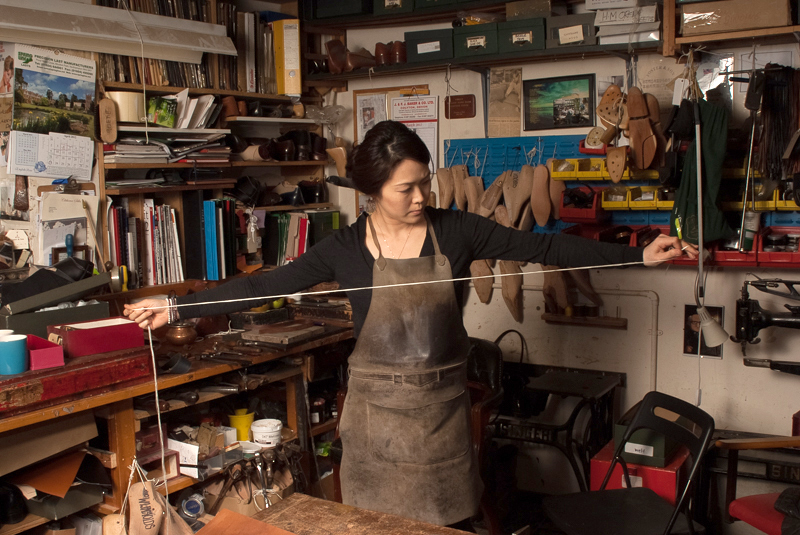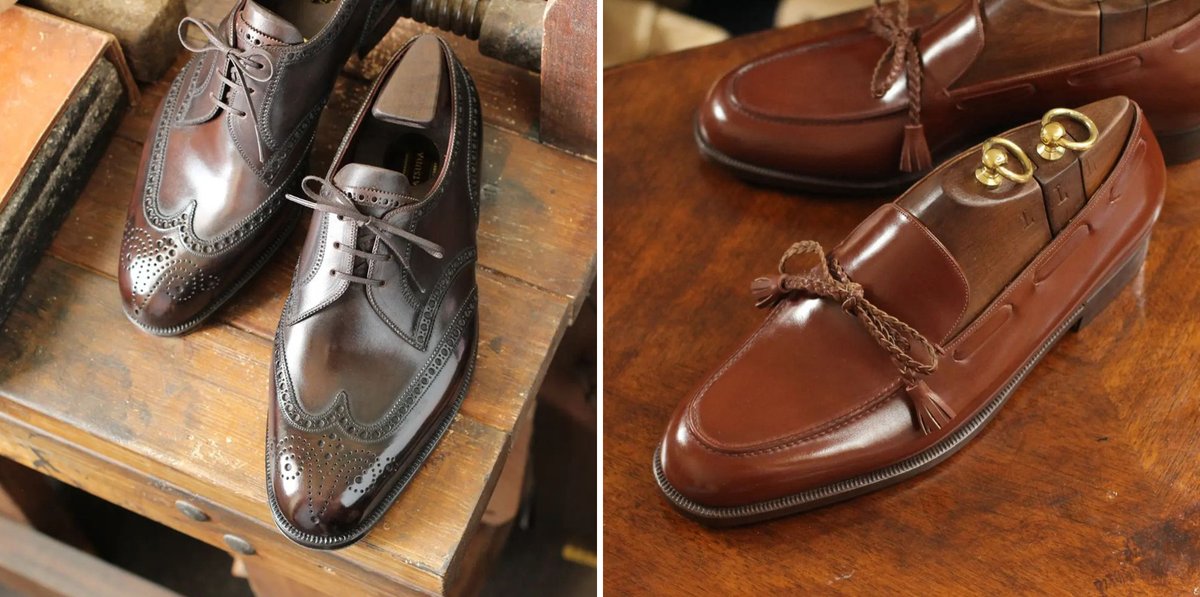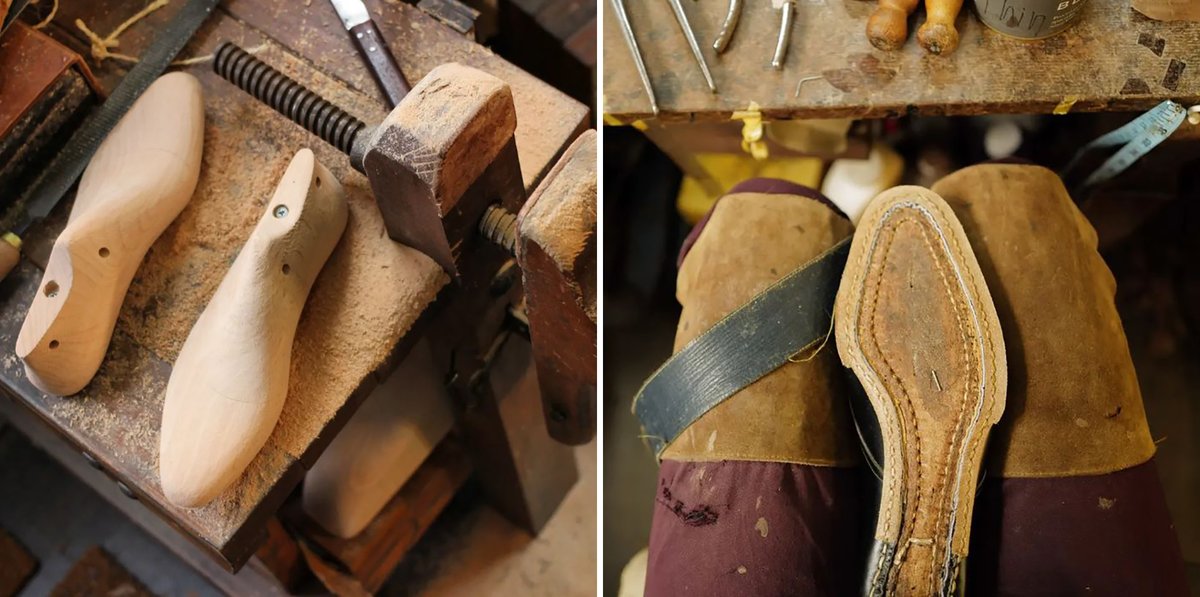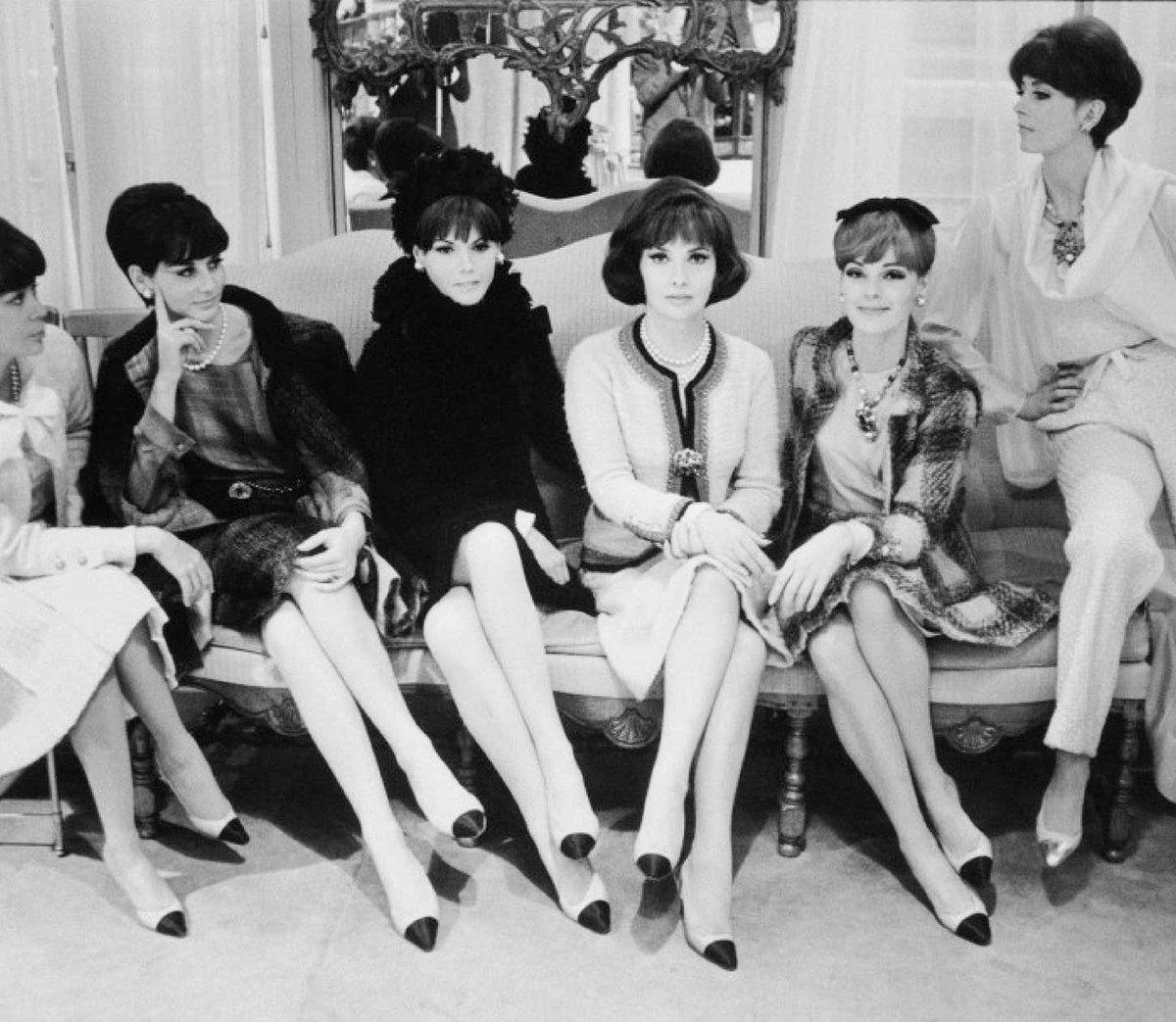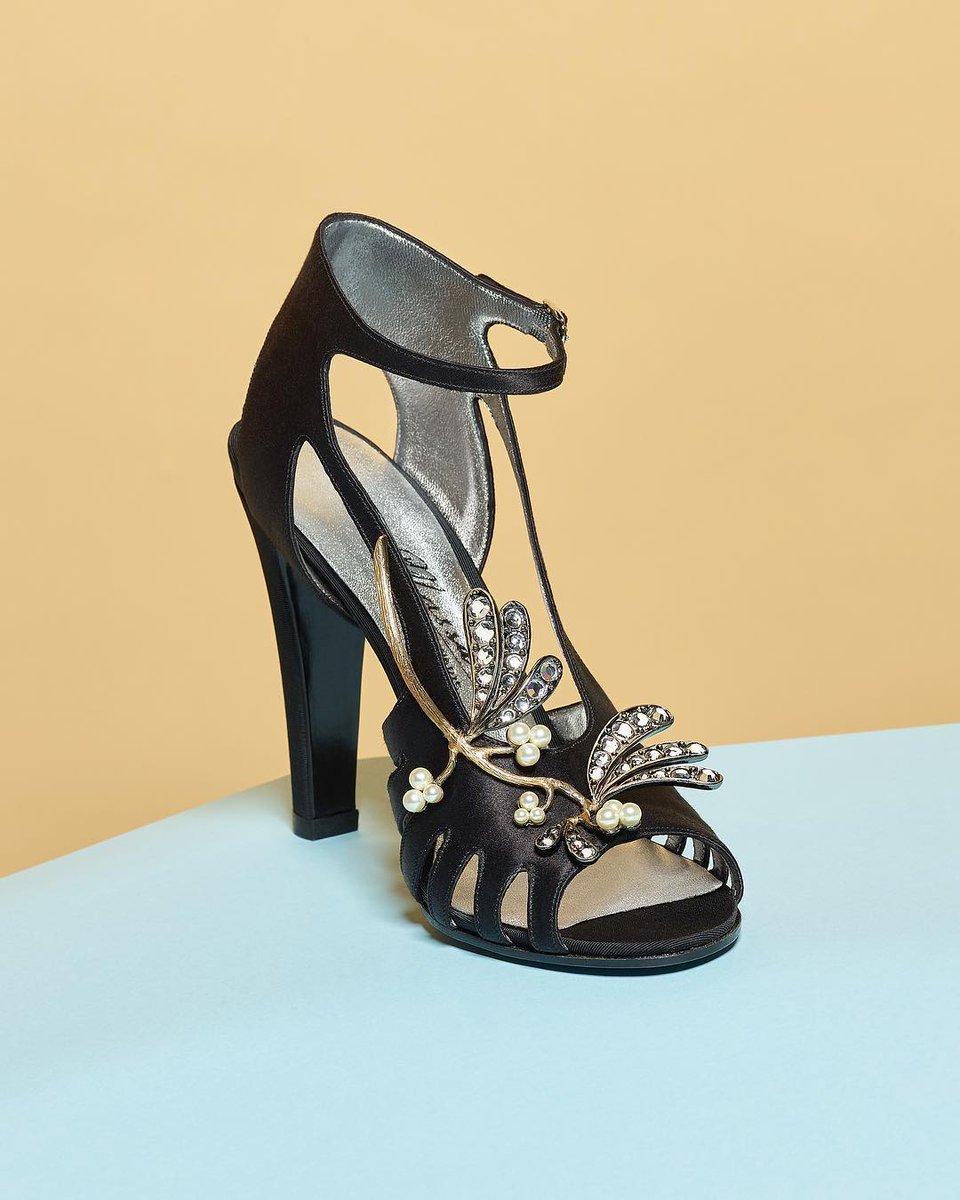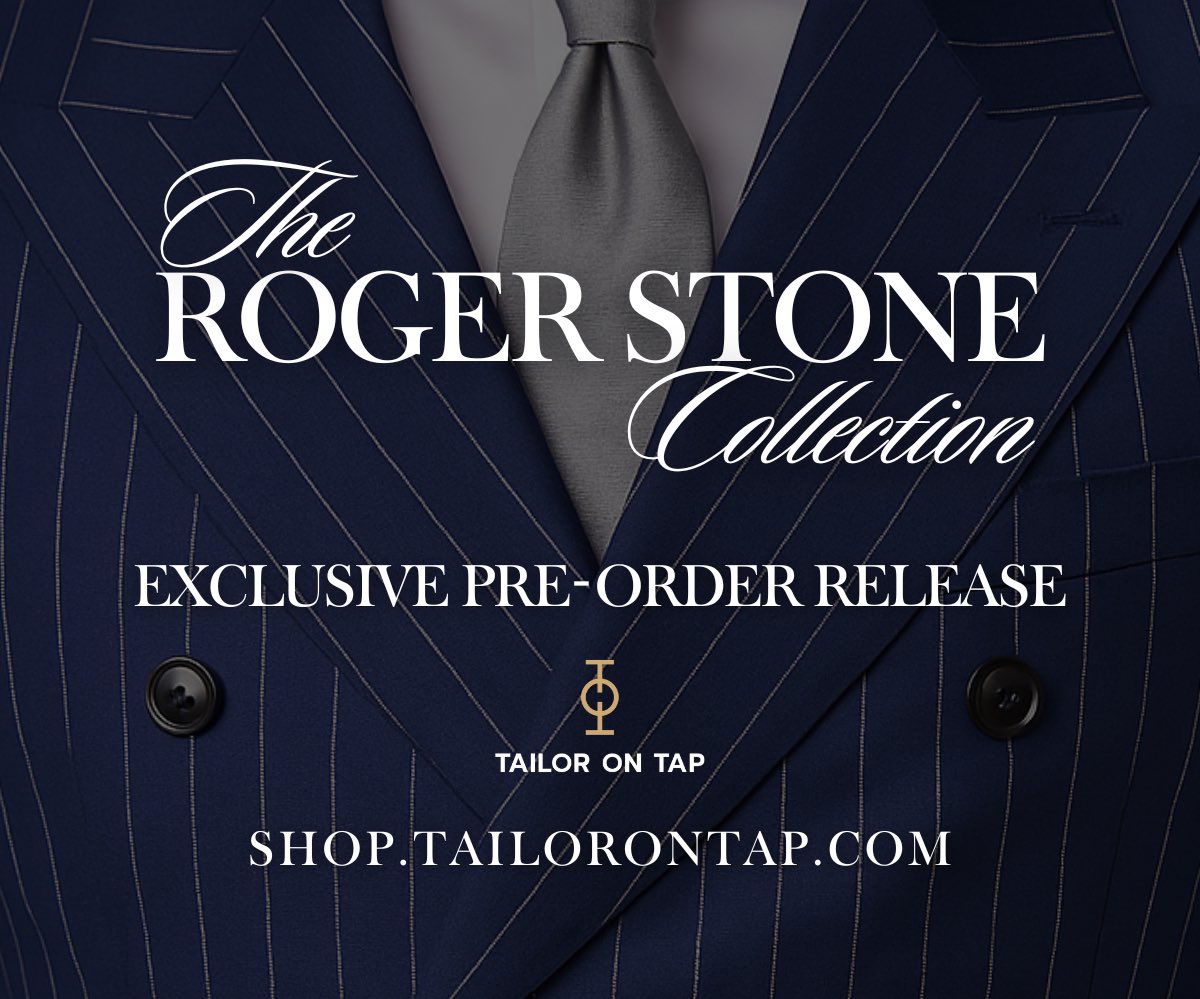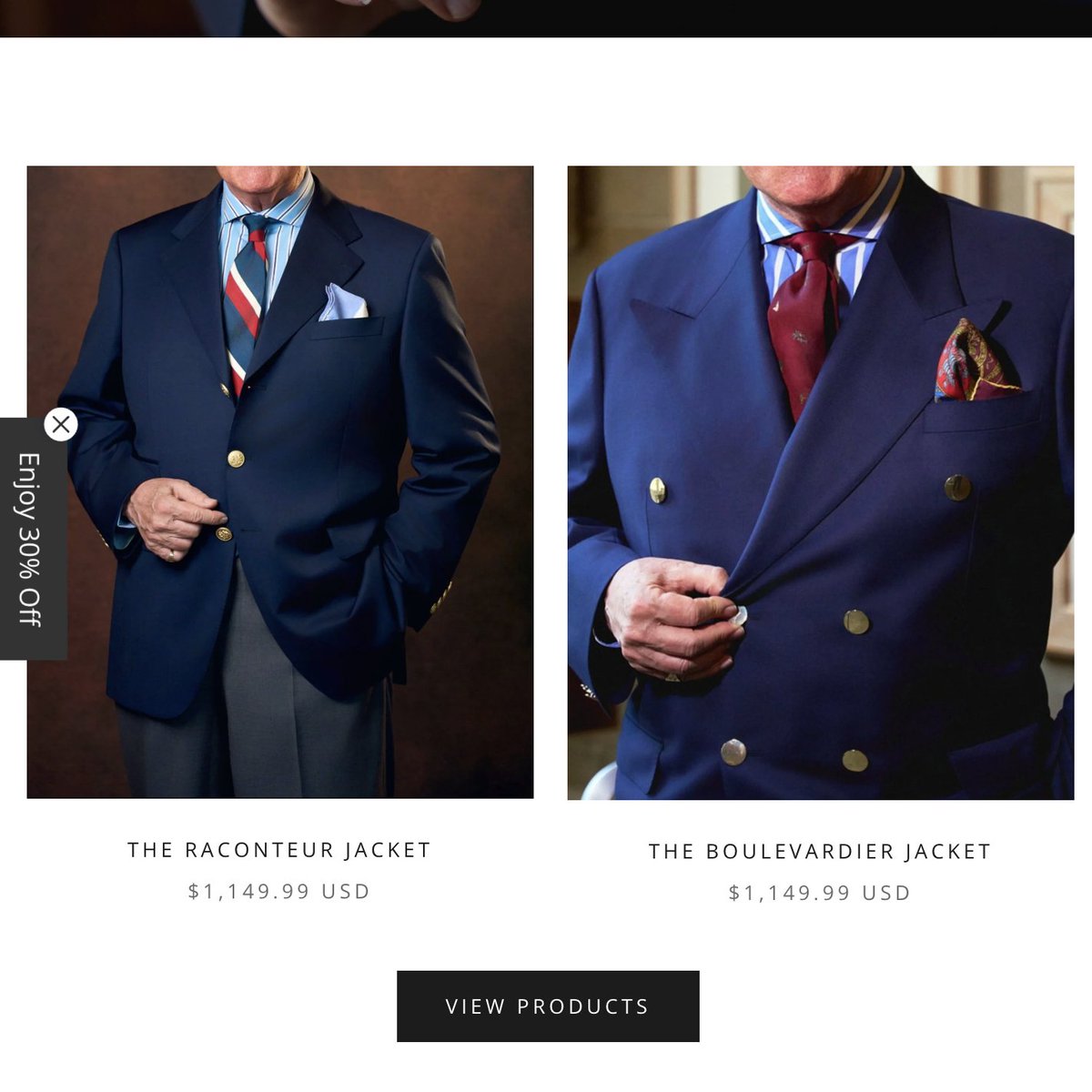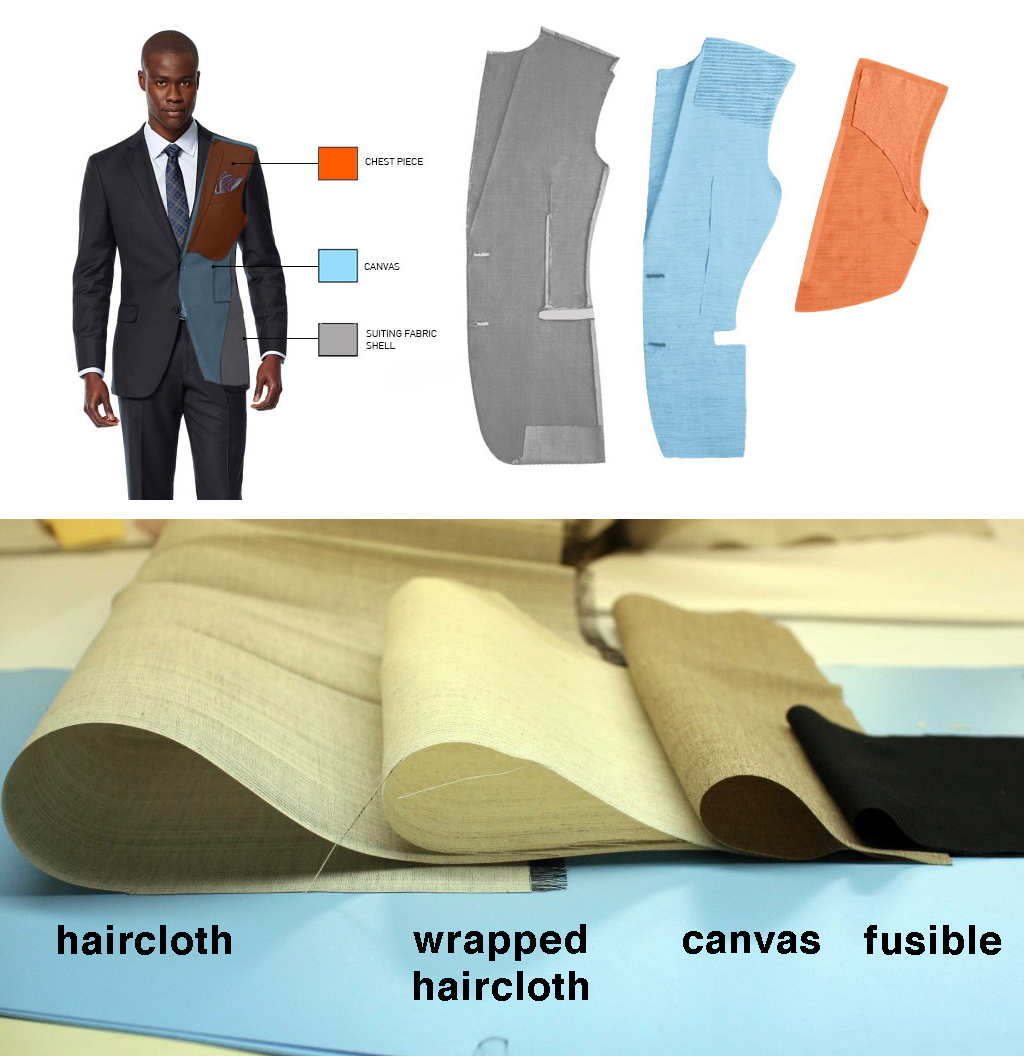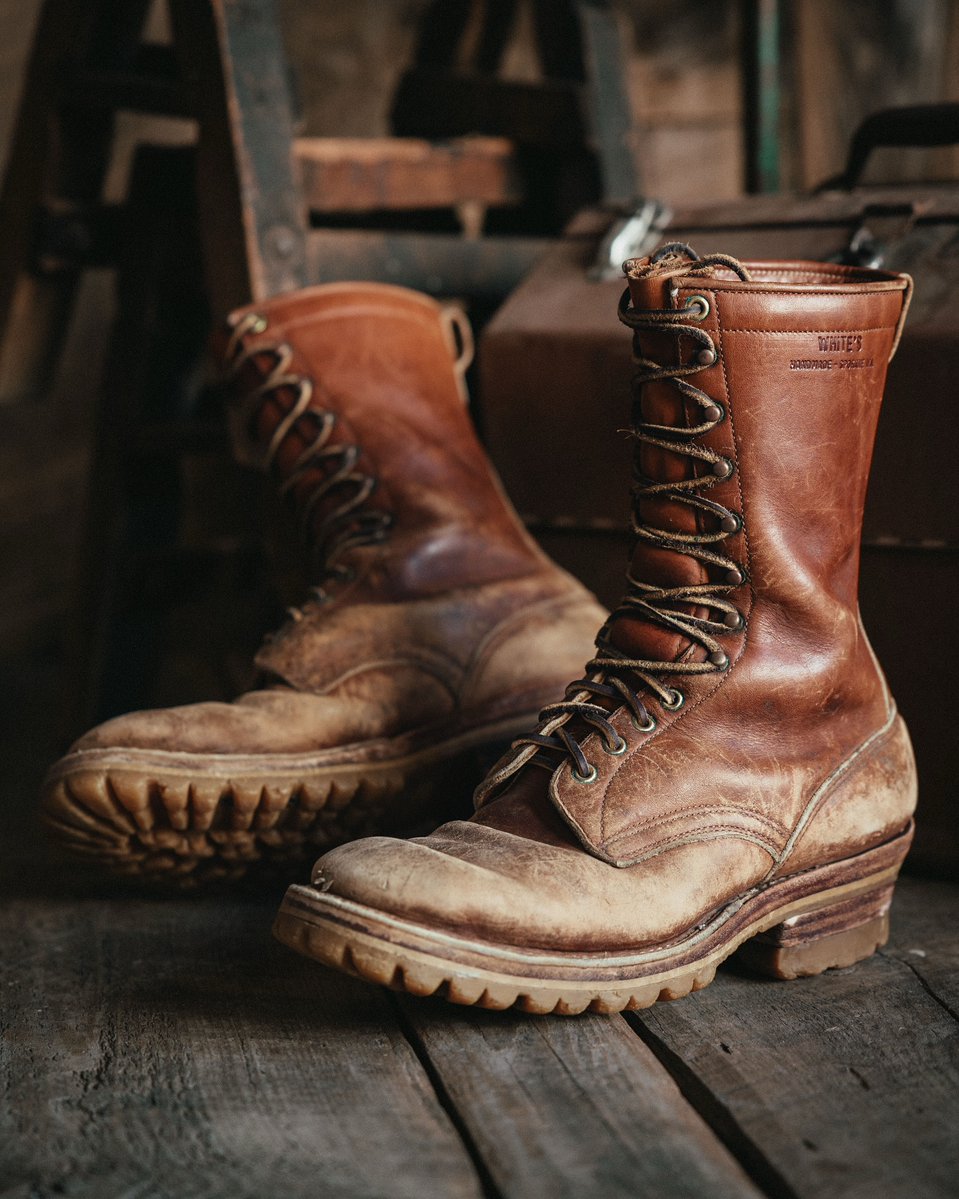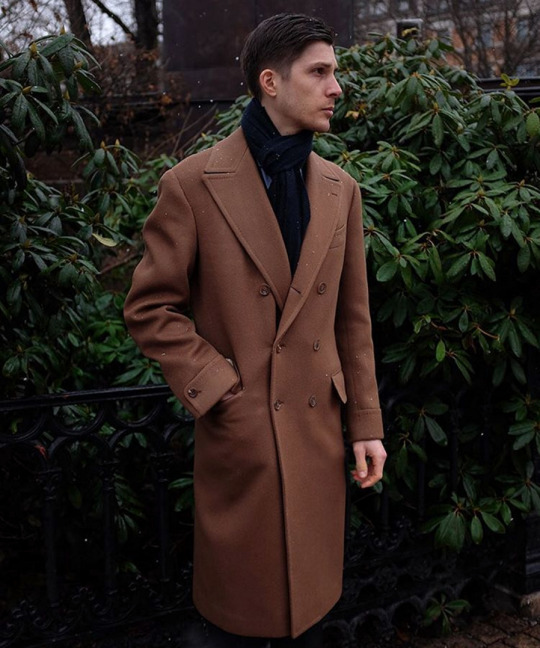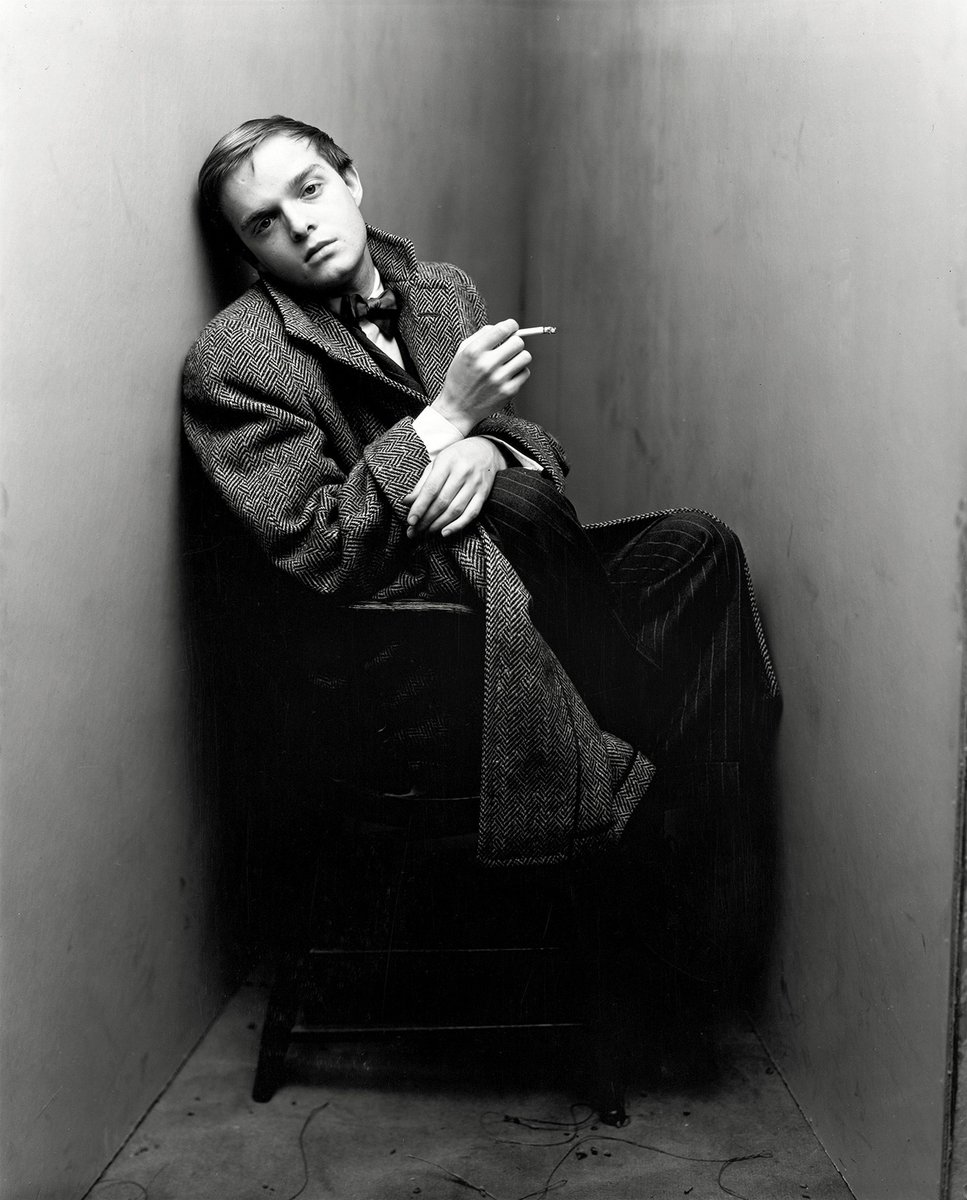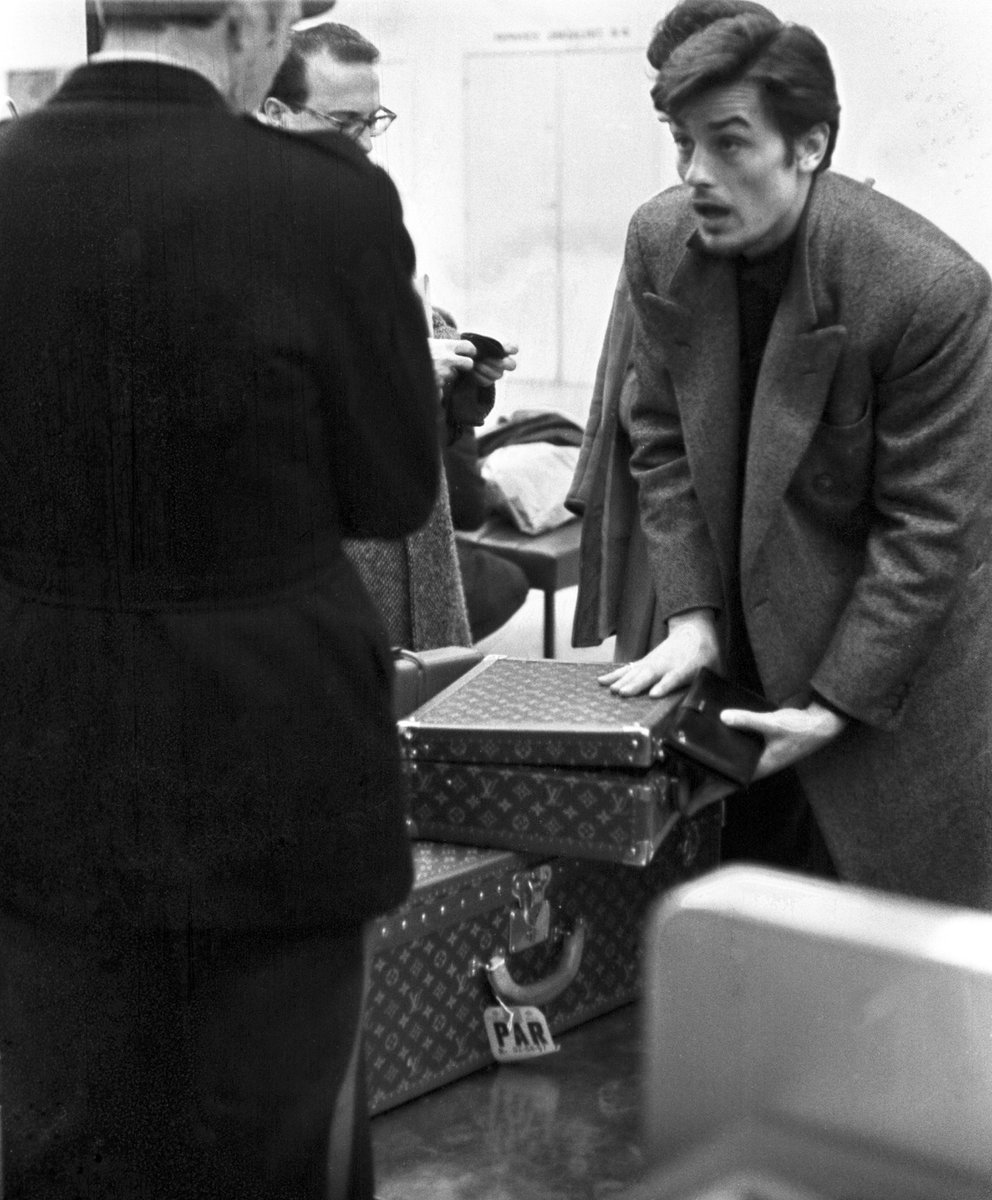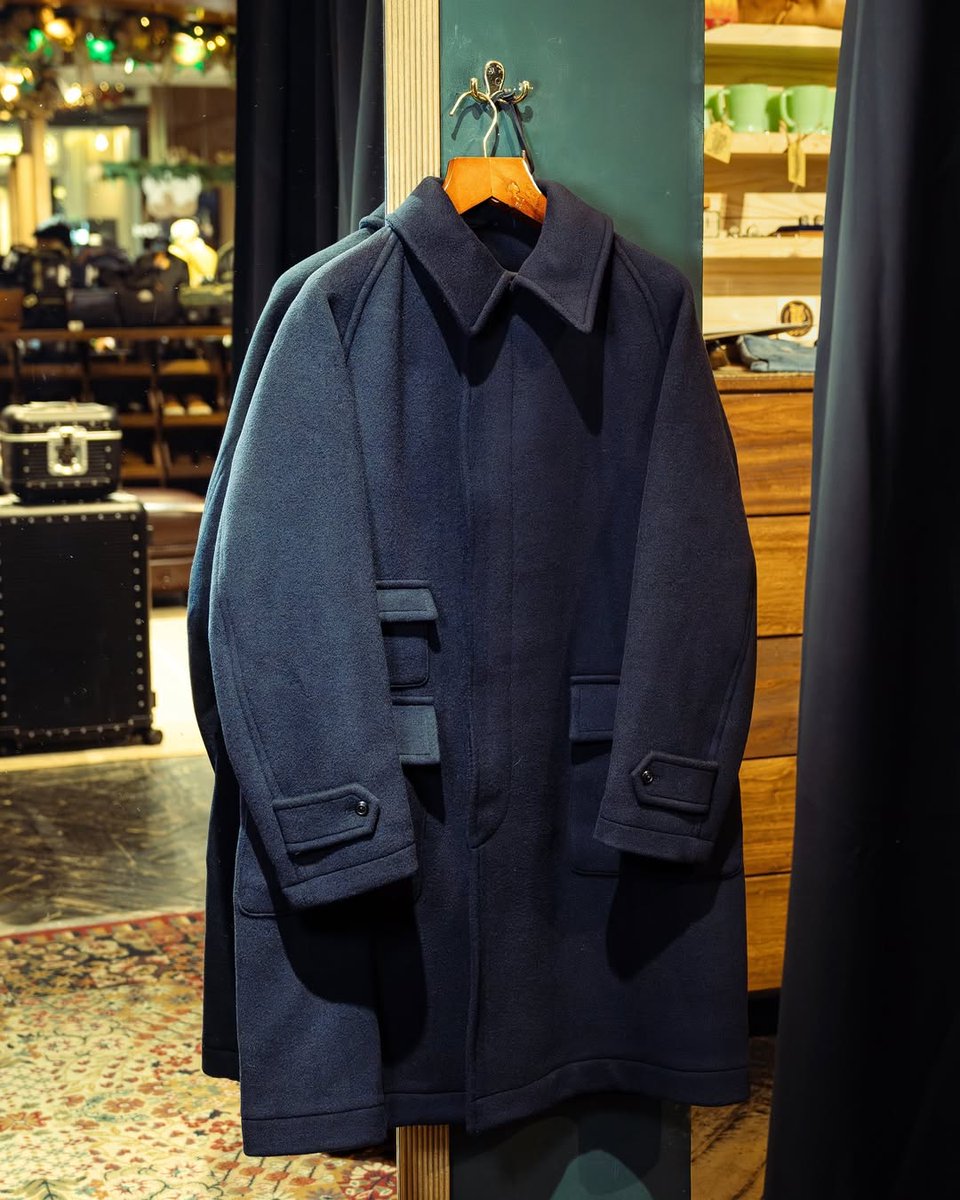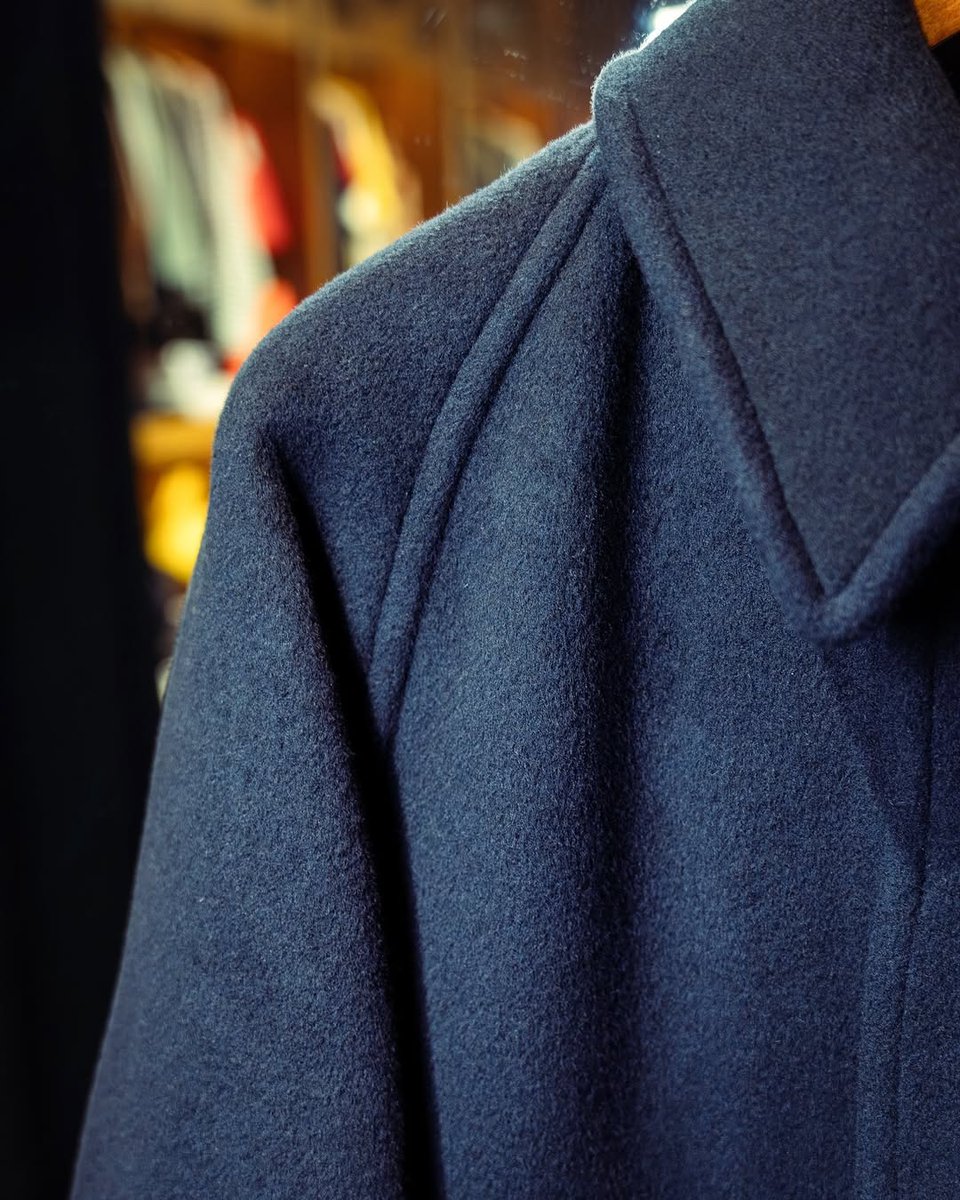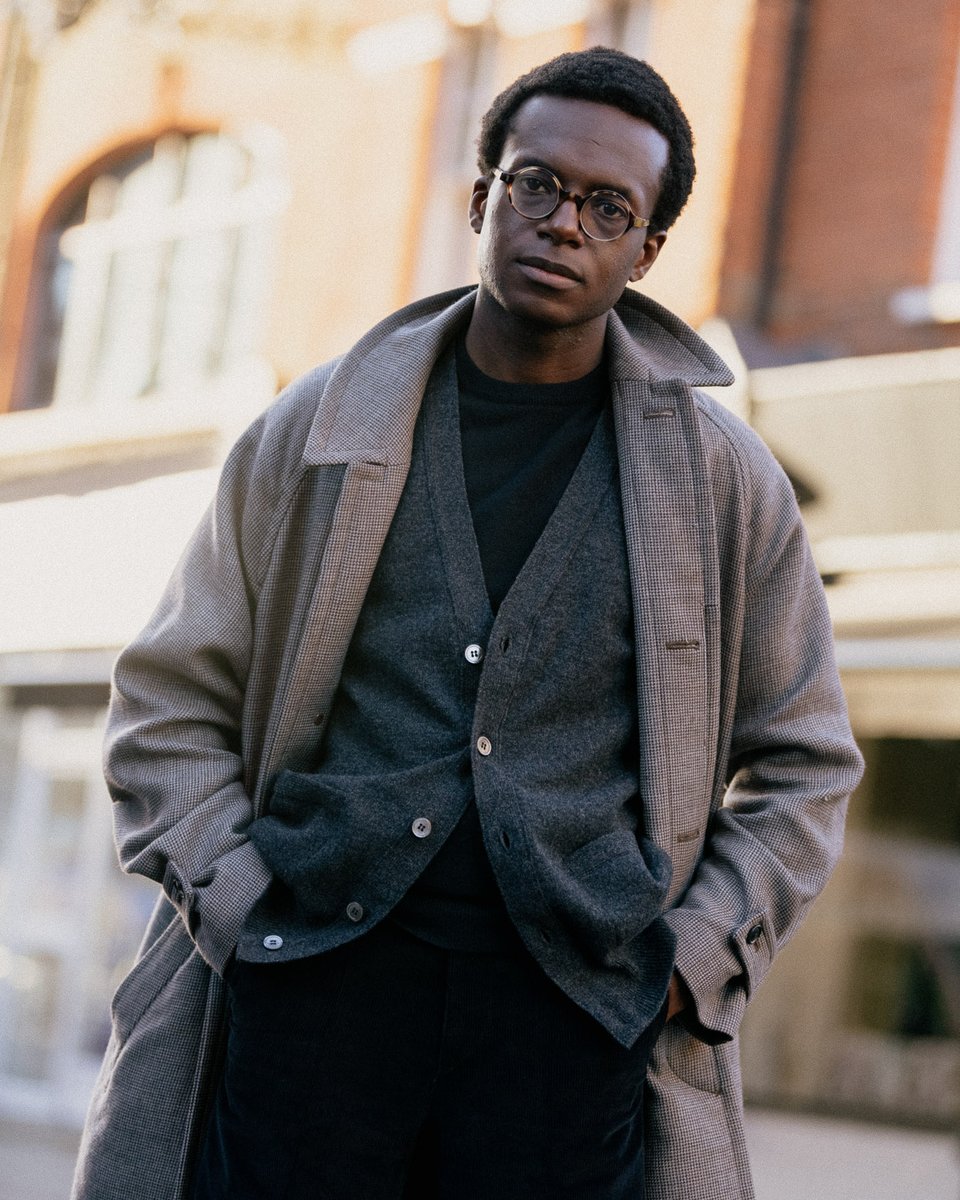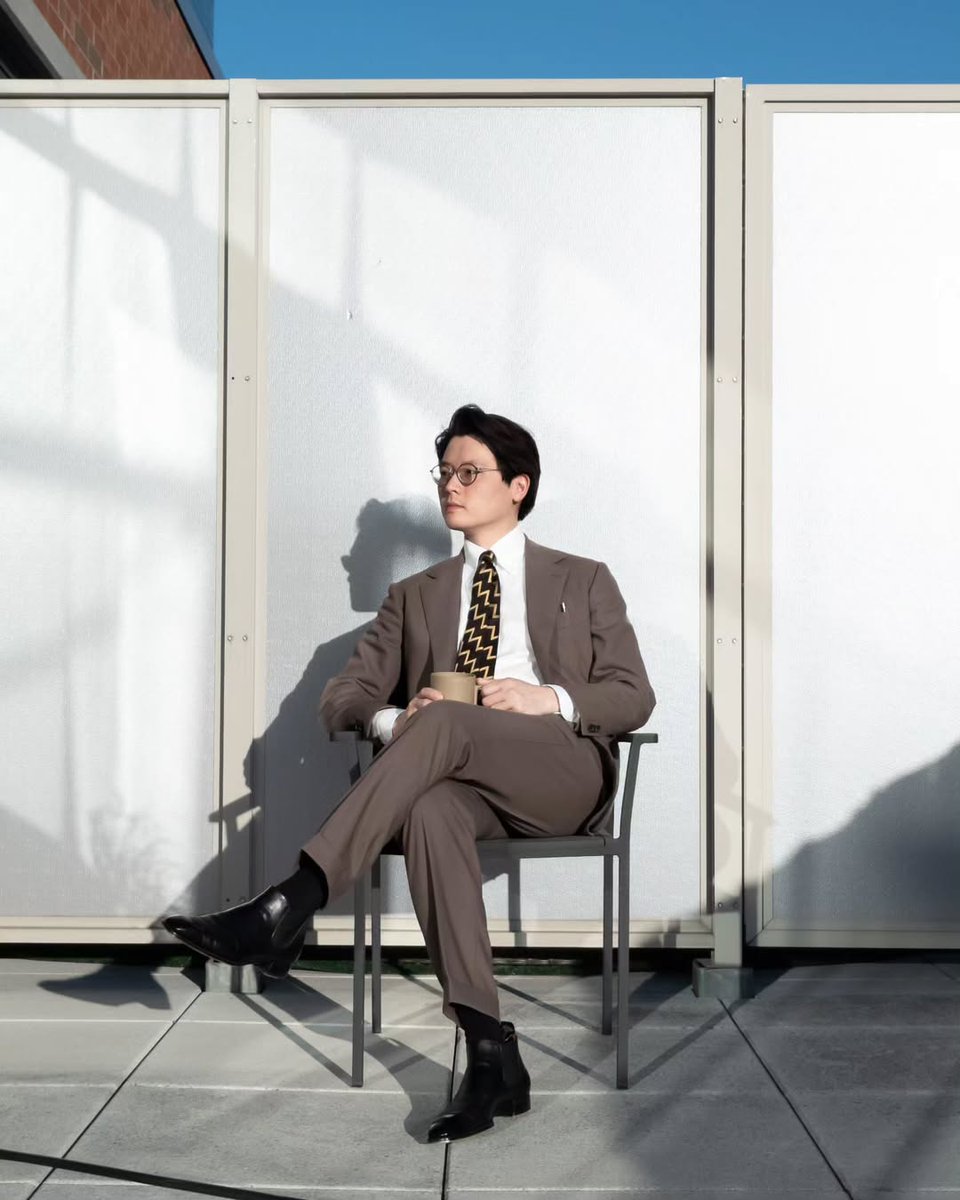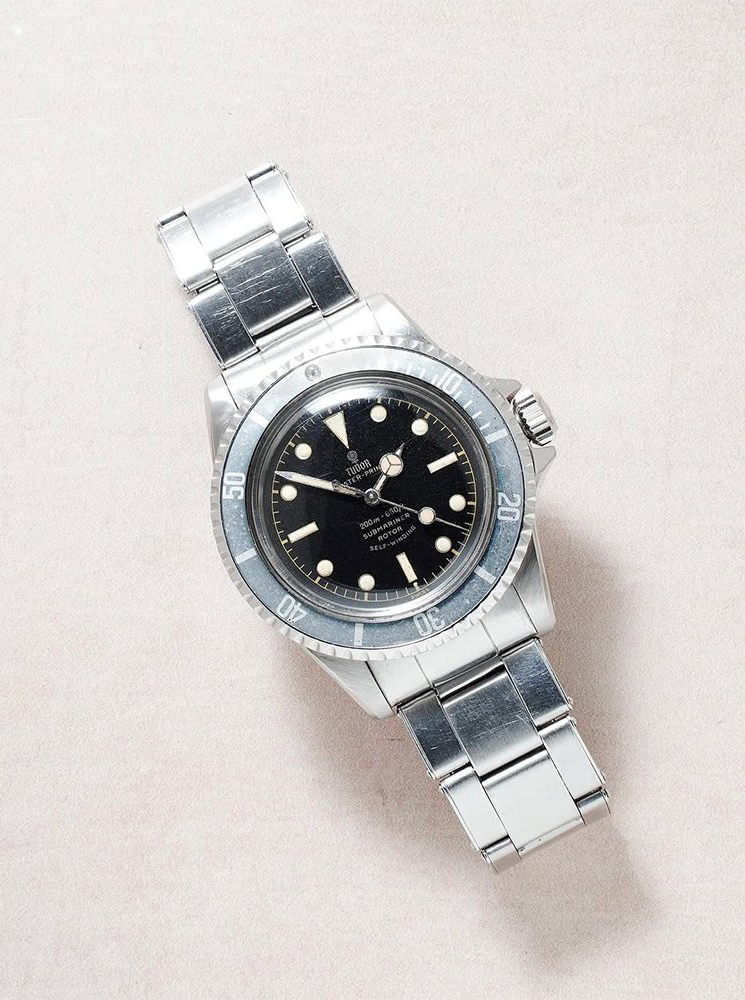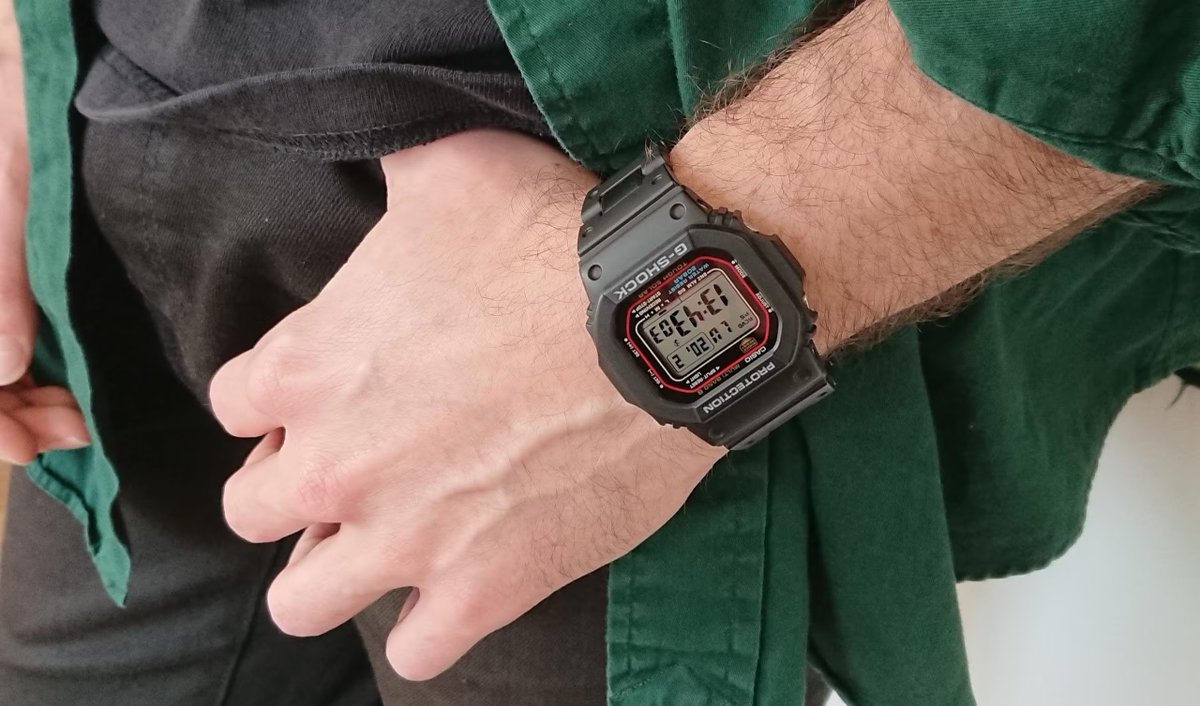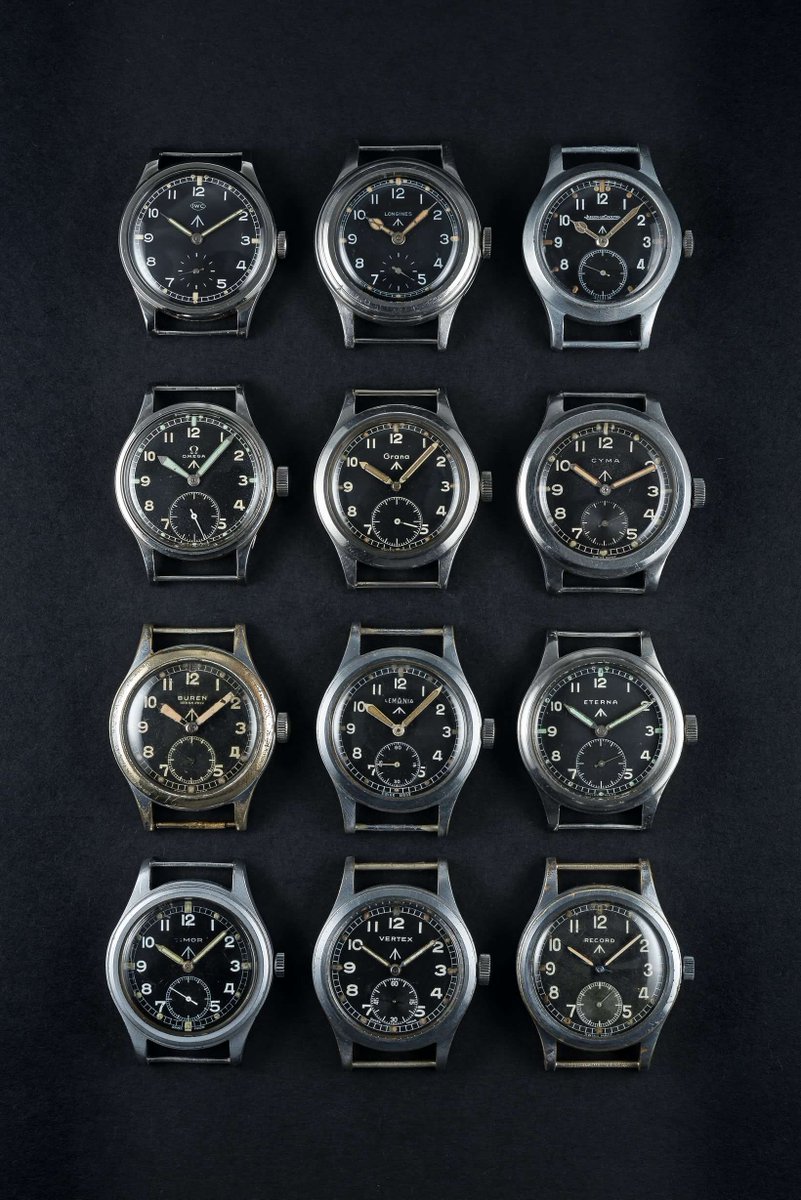Matt, the person behind @BondSuits , knows this, but I will do a thread building off of this question for others.
A lot of traditional menswear is about knowing how to read a garment based on its details. Whether you can wear an overcoat casually depends on its design. 🧵
A lot of traditional menswear is about knowing how to read a garment based on its details. Whether you can wear an overcoat casually depends on its design. 🧵
https://twitter.com/BondSuits/status/1724061100684038574
Many of our dress traditions come from Britain, where elites divided their wardrobe between country and city. This is where we get "no brown in town." This means brown brogues were for sporting in the countryside; black oxfords for doing business in London. 

So, when you think of formality, it helps to understand the distinction between city and country clothes. City clothes are things like dark worsted suits, white poplin shirts, and black oxfords. Country clothes are tweeds, brogues, and tattersalls.
City = formal
Country = casual


City = formal
Country = casual


Whether you can wear an overcoat casually depends on its design.
One of the most classic city coats is the Chesterfield, which is a dark coat distinguished by its velvet collar and lack of a waist seam. This was worn over suits in the city. IMO, it is too formal for casualwear.


One of the most classic city coats is the Chesterfield, which is a dark coat distinguished by its velvet collar and lack of a waist seam. This was worn over suits in the city. IMO, it is too formal for casualwear.


A guard's coat is one step down in formality. Although worn in the city, it's a pseudomilitary style like the greatcoat. Double-breasted with Martingale back, turnback cuffs, and flapped pockets. Modeled after coats worn by the Grenadier Guards (former regiment of Edward VIII). 

I also find this to be too difficult to wear casually. IMO, it really calls for something like a suit or sport coat underneath.
However, the design looks less anachronistic than the velvet-collared Chesterfield. So many people will find this easier to wear in today's age.


However, the design looks less anachronistic than the velvet-collared Chesterfield. So many people will find this easier to wear in today's age.


Let's cross regions and go into the country.
The balmacaan is a raglan sleeve, single-breasted overcoat made with slash pockets and a small turndown collar. Named after a country estate in Scotland, it was historically worn over country clothes like tweed, hence the loose fit.
The balmacaan is a raglan sleeve, single-breasted overcoat made with slash pockets and a small turndown collar. Named after a country estate in Scotland, it was historically worn over country clothes like tweed, hence the loose fit.

But its heritage as a country garment also means that it can be more easily worn with casualwear today. You can wear a bal coat with jeans, five-pocket cords, or chinos. As a loose fitting coat, however, you'll want something underneath to fill the space, like a chunky sweater.





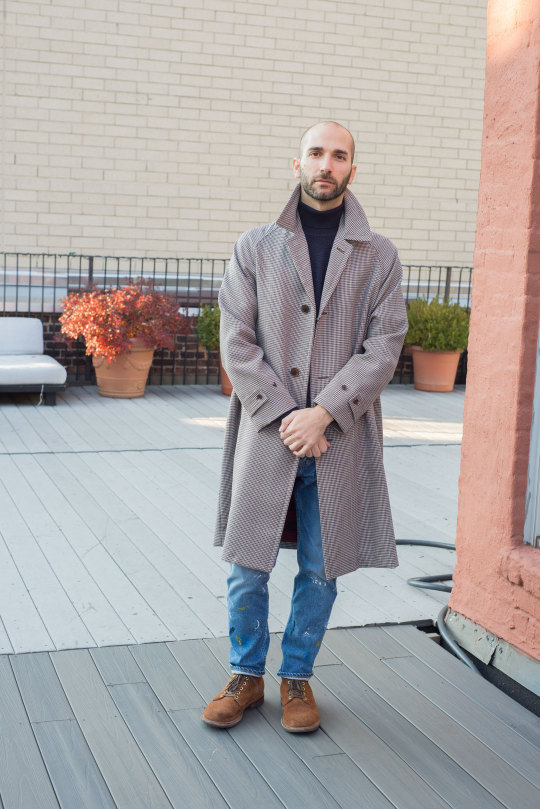


The Loden coat is another country coat that's easy to wear casually. Traditionally worn by farmers and shepherds in the mountainous area of Tyrol, it's made from felted (often green) wool and features a deep pleat in the back. Popular w/ finance types in the '80s as "rus in urbe"





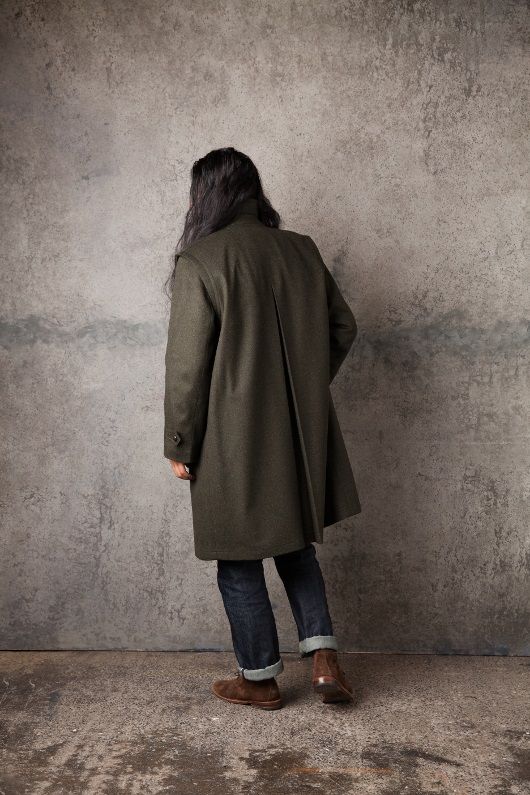
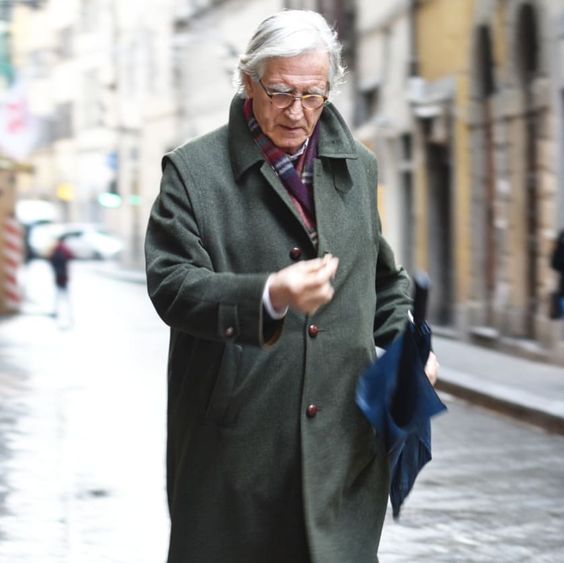
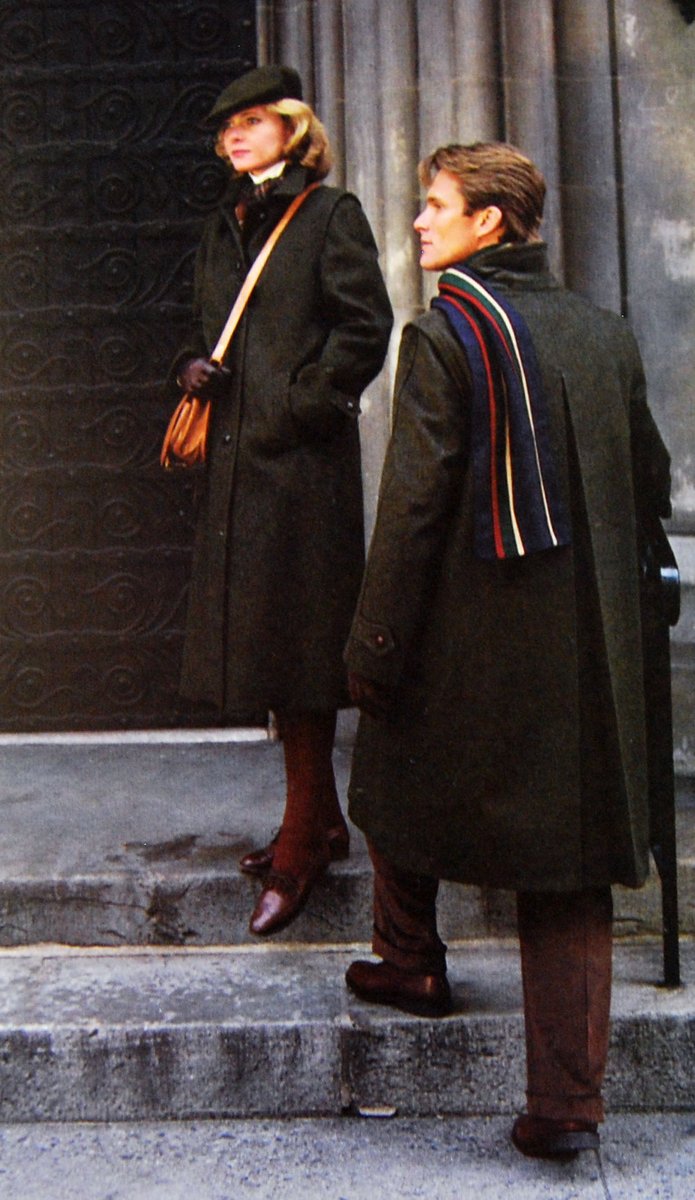
The Ulster coat is yet another country coat. Named after a region in Northern Ireland, it's traditionally made from a heavy, rough material like tweed and features a big collar that can be turned up and buttoned in blustery weather.






The distinction btw city and country doesn't allow us to read all of menswear history. Some things can't be so neatly categorized. For example, the polo coat was originally a wrap coat—later made with buttons—worn between periods of play in polo. Later made it off the field.






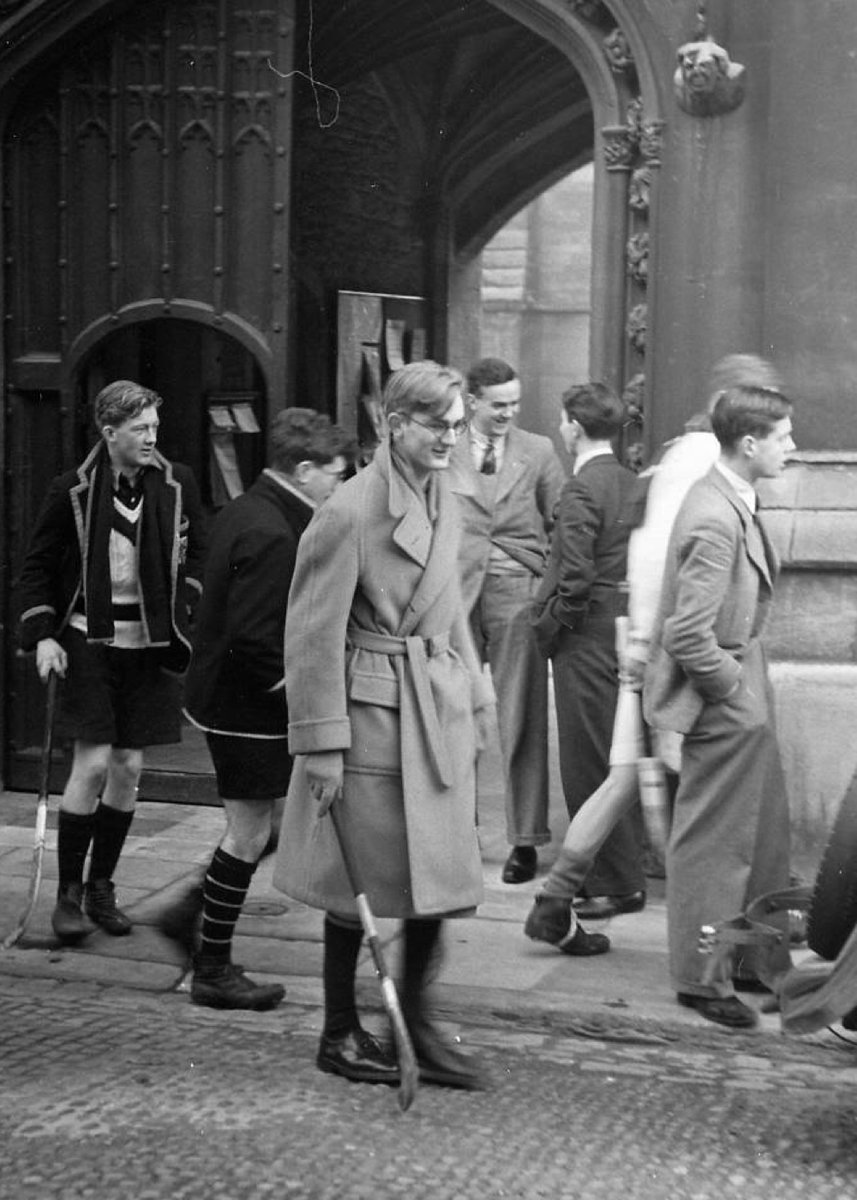

It's an American classic, now part of what's known as Ivy style. You can wear it over suits and sport coats, but also pair it w/ jeans and sweaters. The history of American clothing has always been about dressing things down. So the coat's history lends itself well to casualwear







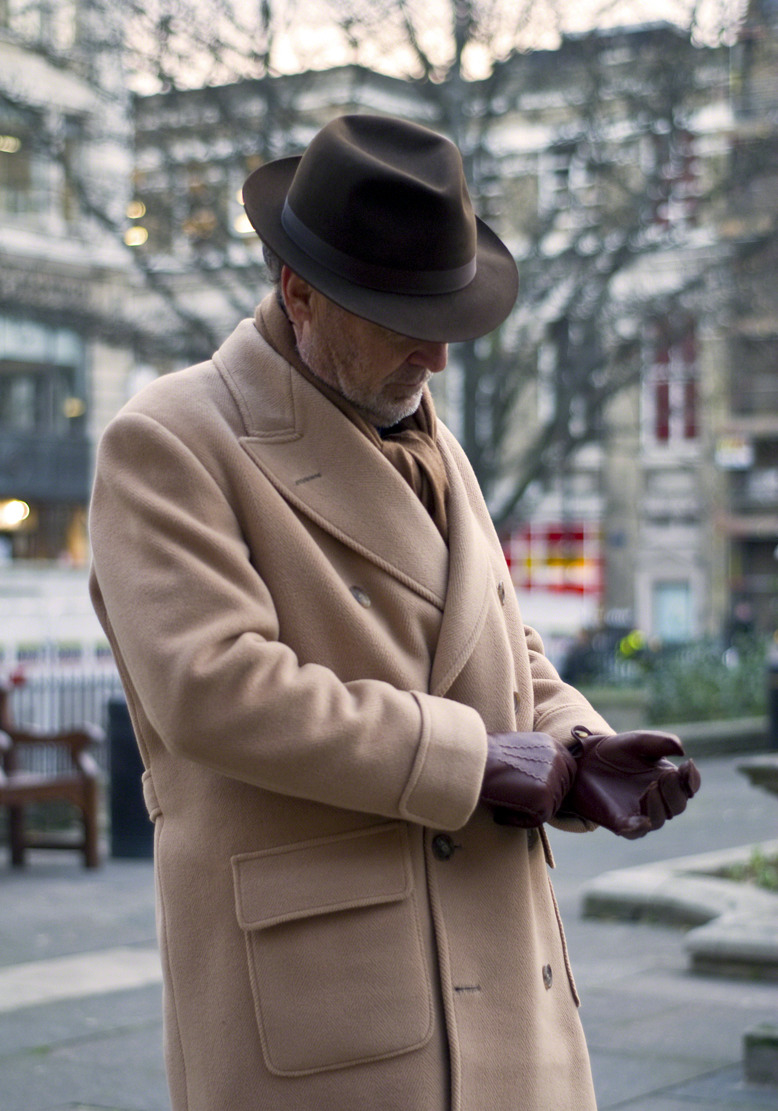
I should note that this is a general guideline, not a hard rulebook. Liverano's Ulster is a traditional Irish Ulster made in a more formal cloth (often a navy woolen overcoating). Aesthetically, it looks quite close to a guard's coat, but works easily with suits or casualwear.




This guide also only covers classic menswear, not other forms of men's clothing. There are many possible types of long coats, which have their own design language and history, and thus work according to different logics.




But as a general rule of thumb, if you're looking at a classic design, and you're wondering, "Can I wear this casually?" it helps to think about the different levels of formality, starting with the distinction between country and city. Cloth, details, and history all play a part.








• • •
Missing some Tweet in this thread? You can try to
force a refresh


